Starting a garden plot from scratch is a rewarding venture that not only increases your outdoor space but also provides a source of fresh, homegrown produce. Whether you’re looking to grow vegetables, herbs, or flowers, the process of creating and maintaining a garden offers numerous benefits, including stress relief, physical exercise, and a sense of accomplishment.
However, to retrieve these rewards, careful planning and preparation are essential. This guide will walk you through every step of the process, from selecting the right location to harvesting your crops, ensuring that even beginners can achieve a flourishing garden. By the end of this article, you’ll have a clear understanding of how to Start a Garden Plot from Scratch that will grow and bring joy for many seasons to come.
Step-by-Step Guide How to Start a Garden Plot from Scratch
Choosing the Right Location
Choosing the right location for your garden is a crucial first step that can significantly impact its success. The ideal garden site should receive at least six to eight hours of direct sunlight each day, as most vegetables and many flowers require ample sunlight to grow strongly. Observing your yard at different times of the day will help you identify the sunniest spots. Besides sunlight, the soil quality in your chosen location is of prime importance. Conduct a simple soil test to determine its texture and fertility.
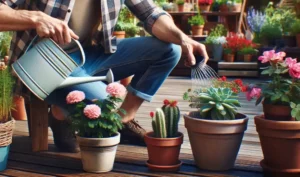
Good garden soil should be loamy, well-draining, and rich in organic matter. Additionally, consider the proximity of your garden to a water source. Regular watering is essential, especially during dry spells, so having easy access to water will save you time and effort. Finally, choose a spot that is convenient for you to access. If your garden is too far from your home, you may be less inclined to tend to it regularly. By carefully selecting a location that meets these criteria, you’ll set a solid foundation for your garden’s success.
Preparing the Soil
Preparing the soil is a vital step in establishing a garden plot, as it directly affects plant health and productivity. Start by testing your soil’s pH and nutrient levels. You can purchase a soil test kit from a garden center or send a sample to a local agricultural extension office. Most garden plants grow in slightly acidic to neutral soil, with a pH between 6.0 and 7.0. If your soil is too acidic or alkaline, amendments like lime or sulfur can help adjust the pH. Improving soil fertility is equally important. Incorporate organic matter such as compost, well-rotted manure, or green manure (cover crops) to enrich the soil with essential nutrients and improve its structure.
This process helps create a healthy environment for root development and microbial activity. Next, clear the area of any weeds, rocks, or debris. Use a garden fork or tiller to loosen the soil to a depth of at least 12 inches, breaking up any large clumps. This aeration process advances root penetration and drainage. Finally, rake the soil to level it and remove any remaining waste. Proper soil preparation sets the stage for healthy plant growth and bountiful harvests.
Designing Your Garden Layout
Designing your garden layout involves strategic planning to maximise space, ensure plant health, and optimise your garden’s aesthetics. Start by deciding the types of plants you want to grow, such as vegetables, herbs, or flowers. Consider their growth habits and space requirements. For instance, vining plants like cucumbers and beans need vertical support, while root crops like carrots and radishes require ample underground space. Once you’ve chosen your plants, sketch a layout on paper. Raised beds are an excellent option for beginners, as they offer better control over soil quality and drainage.
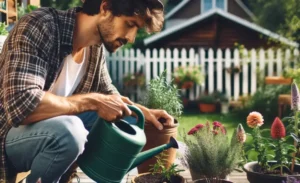
Alternatively, in-ground beds work well if you have fertile, well-draining soil. Implementing companion planting strategies can boost your garden’s productivity and deter pests. For example, planting marigolds near tomatoes can help repel nematodes, while basil can enhance the flavour of tomatoes. Plan for crop rotation to prevent soil depletion and reduce pest buildup. Rotate plant families each season to maintain soil health. Leave adequate space between rows for easy access and maintenance. By thoughtfully designing your garden layout, you’ll create a productive, manageable, and visually appealing garden space.
Selecting the Right Plants
Selecting the right plants for your garden involves understanding your climate zone and choosing varieties that will adapt to your local conditions. The USDA Plant Hardiness Zone Map is a valuable resource for determining your climate zone and selecting plants accordingly. Choose plants that are well-suited to your area’s temperature ranges and growing season length. Additionally, consider the time of year when planning your garden. Cool-season crops like lettuce, spinach, and peas grow in the early spring and fall, while warm-season crops like tomatoes, peppers, and cucumbers prefer the heat of summer.
When purchasing seeds or seedlings, look for healthy, disease-free specimens. Heirloom varieties offer unique flavours and characteristics, while hybrid plants are often bred for disease resistance and higher yields. Pay attention to the specific needs of each plant, such as sunlight, water, and spacing requirements. Group plants with similar needs together to simplify care. By carefully selecting plants that are well-suited to your climate and garden conditions, you’ll set yourself up for a successful and productive growing season.
Planting Your Garden
Planting your garden correctly is essential for establishing strong, healthy plants. Start by timing your planting according to the needs of each plant and your local climate. For seeds, follow the packet instructions for sowing depth and spacing. Typically, small seeds like lettuce and carrots are sown shallowly, while larger seeds like beans and squash are planted deeper. For transplants, dig a hole slightly larger than the root ball and gently place the plant in the hole, filling in with soil and firming it gently around the base.
Ensure that the root ball is level with the soil surface to avoid stem rot. After planting, water thoroughly to help settle the soil around the roots and eliminate air pockets. Mulching your garden with organic materials like straw, wood chips, or compost can help retain soil moisture, suppress weeds, and regulate soil temperature. Be mindful of spacing to ensure good air circulation and prevent overcrowding, which can lead to disease. Regularly check for and address any issues with pests or diseases early on. With careful attention to planting techniques, you’ll establish a strong foundation for your garden’s growth.
Caring for Your Garden
Caring for your garden involves consistent and attentive maintenance to ensure healthy plant growth and abundant harvests. Watering is a critical aspect of garden care. Most plants require about one inch of water per week, either from rainfall or supplemental watering. Water deeply and infrequently to encourage deep root growth, and avoid overhead watering to reduce the risk of disease. Mulching helps conserve moisture and reduce the frequency of watering. Fertilising your garden regularly will provide essential nutrients for plant growth. Organic fertilizers such as compost, fish emulsion, or seaweed extract are excellent choices.
Follow the recommended application rates to avoid over-fertilizing, which can harm plants. Weed control is another important task. Regularly removing weeds by hand or using a hoe prevents them from competing with your plants for nutrients and water. Pruning and training plants, such as pinching back herbs or staking tall plants, encourages healthy growth and improves air circulation. Regularly inspect your garden for signs of pests or diseases and take prompt action to address any issues. Consistent care and attention will keep your garden shining and productive.
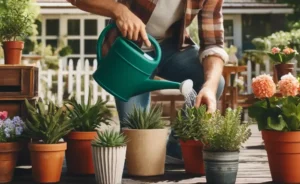
Managing Pests and Diseases
Managing pests and diseases in your garden is crucial for maintaining healthy plants and ensuring a bountiful harvest. Start by regularly inspecting your plants for signs of pests or disease. Common garden pests include aphids, caterpillars, and slugs, which can damage leaves, stems, and roots. Natural and organic pest control methods are effective and environmentally friendly. For instance, introducing beneficial insects like ladybugs and lacewings can help control aphid populations. Handpicking pests or using barriers like row covers can also protect your plants. When it comes to diseases, early detection is key.
Fungal diseases such as powdery mildew and blight can spread quickly, so remove and dispose of affected plant parts instantly. Implement preventative measures like crop rotation, proper spacing, and watering at the soil level to reduce humidity around plants. Using disease-resistant plant varieties can also help minimise problems. Additionally, maintaining healthy soil through regular composting and organic matter addition promotes strong, resilient plants. By taking proactive steps to manage pests and diseases, you’ll create a healthier garden environment and enjoy a more productive growing season.
Harvesting Your Garden
Harvesting your garden at the right time and using proper techniques ensures the best flavour and quality of your produce. Each plant has its own indicators for when it’s ready to harvest. For example, tomatoes should be picked when they are fully coloured and slightly soft to the touch, while carrots are ready when their tops reach about one inch in diameter. Regularly harvesting your garden encourages continued production and prevents overripe produce from attracting pests. Use sharp, clean tools to avoid damaging plants. For leafy greens, cut outer leaves first to allow the inner leaves to continue growing.
Root crops can be gently pulled or dug up, taking care not to disturb nearby plants. Proper post-harvest care is also important. Rinse vegetables to remove dirt and store them appropriately to maintain freshness. Some produce, like tomatoes and squash, can be kept at room temperature, while others, like leafy greens and root vegetables, should be refrigerated. Extending your harvest season with succession planting and using season extenders like row covers or cold frames can help you enjoy fresh produce for a longer period. Harvesting your garden is a rewarding experience that allows you to enjoy the fruits of your labour.
Summary
Starting a garden plot from scratch is a fulfilling and rewarding venture that begins with careful planning and preparation. Choosing the right location involves selecting a sunny spot with good soil quality and easy access to water. Preparing the soil is crucial, requiring testing, amending, and tilling to create a fertile and well-draining environment for your plants. Designing your garden layout strategically maximises space and enhances plant health through techniques like companion planting and crop rotation. Selecting the right plants involves understanding your climate zone and choosing varieties suited to your local conditions.
Proper planting techniques, including timing, spacing, and mulching, set the stage for healthy growth. Regular garden care, including watering, fertilising, weeding, and pruning, is essential for maintaining plant health. Managing pests and diseases proactively helps protect your plants and ensures a productive garden. Finally, harvesting your garden at the right time and using proper techniques allows you to enjoy the fruits of your labour. By following these steps, you can create a thriving garden that brings joy and fresh produce throughout the growing season.
FAQ
Q1: What are the best tools for a beginner gardener?
- For beginner gardeners, essential tools include a trowel for planting, a garden fork for turning soil, a hoe for weeding, a watering can or hose with a gentle spray nozzle, pruners for trimming plants, and gardening gloves to protect your hands. Investing in quality tools will make gardening tasks easier and more enjoyable.
Q2: How do I know if my soil is healthy enough for gardening?
- To determine if your soil is healthy, conduct a soil test to check its pH and nutrient levels. Healthy garden soil typically has a pH between 6.0 and 7.0 and contains sufficient organic matter. Good soil should be crumbly and well-draining, not compacted or waterlogged. Adding organic matter like compost can improve soil health.
Q3: What are some easy plants for beginners to start with?
- Easy plants for beginners include lettuce, radishes, beans, tomatoes, and herbs like basil and parsley. These plants are relatively low-maintenance, grow quickly, and are forgiving of minor mistakes. Starting with these can boost your confidence and provide a rewarding gardening experience.
Q4: How often should I water my garden?
- Most garden plants need about one inch of water per week. Water deeply and infrequently to encourage deep root growth. The best time to water is in the morning to reduce evaporation and allow leaves to dry before evening, which helps prevent disease. Adjust watering frequency based on weather conditions and soil moisture levels.
Q5: What should I do if my plants are not growing well?
- If your plants are not growing well, first check for signs of pests or disease. Ensure they are getting enough sunlight, water, and nutrients. Conduct a soil test to check for nutrient deficiencies and pH imbalances. Adjust your care routine as needed, such as improving watering practices, fertilising appropriately, and removing weeds or pests. Consulting local gardening resources or extension services can also provide specific advice for your area.
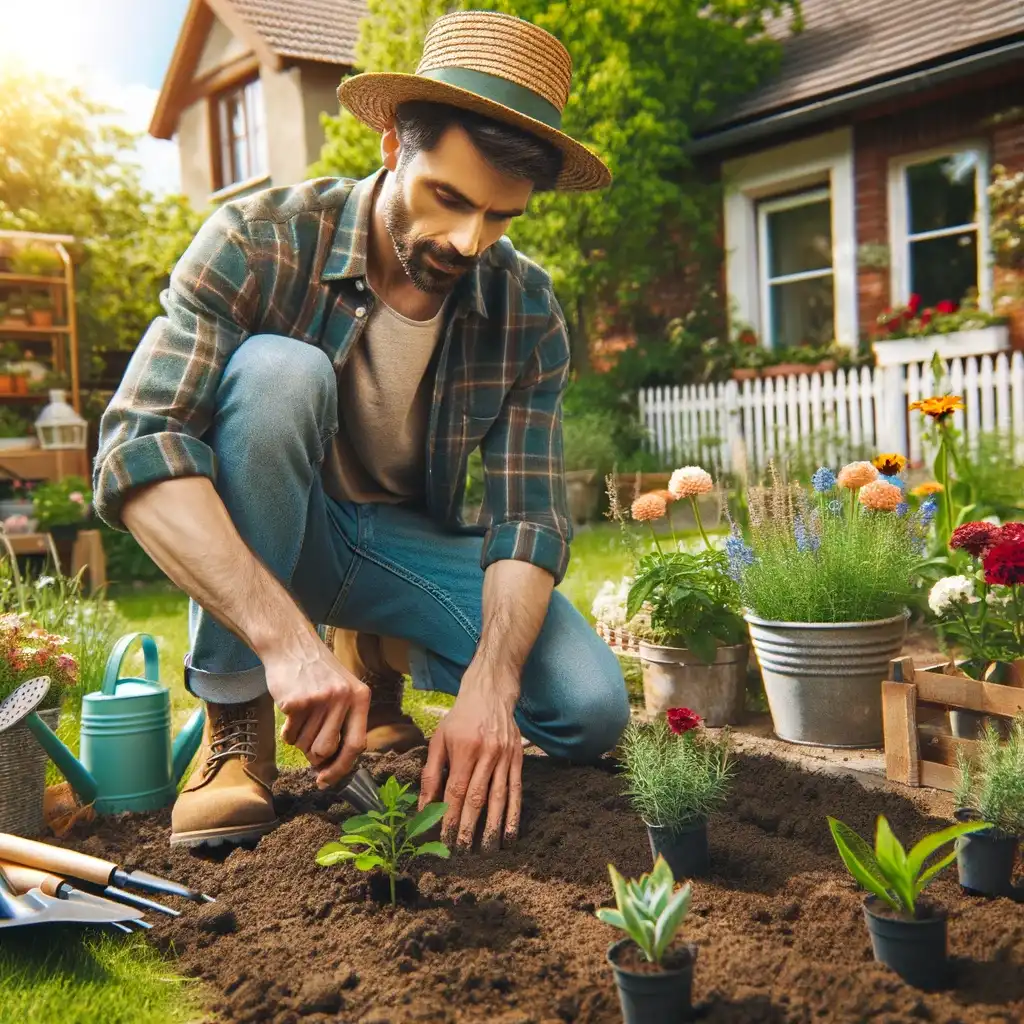
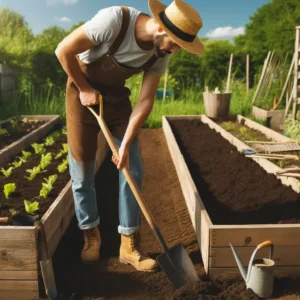
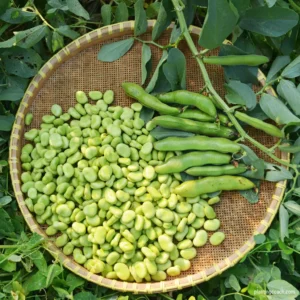
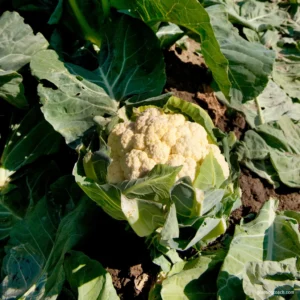
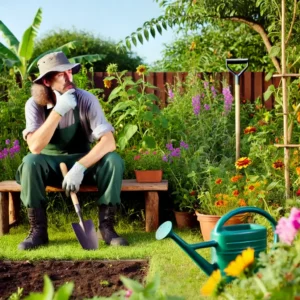

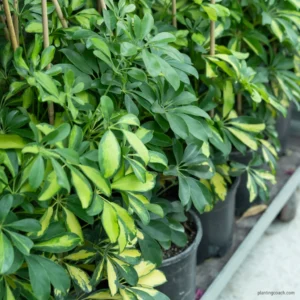
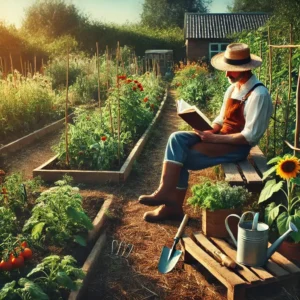
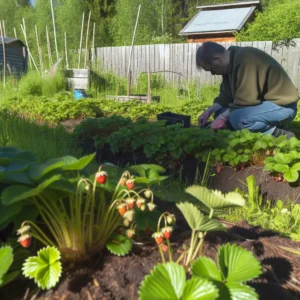
2 thoughts on “How Do You Start a Garden Plot from Scratch? Best Guide”